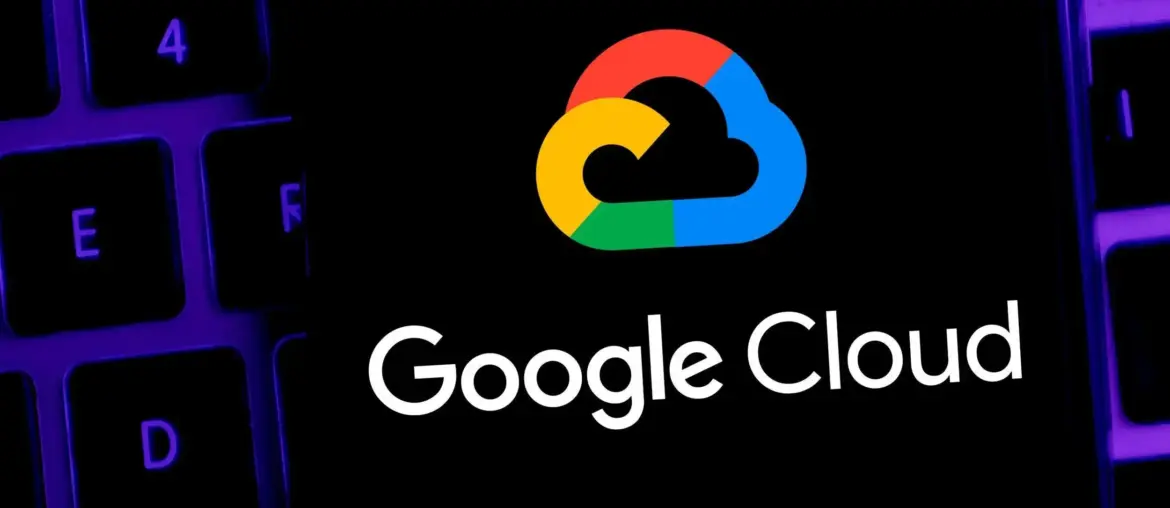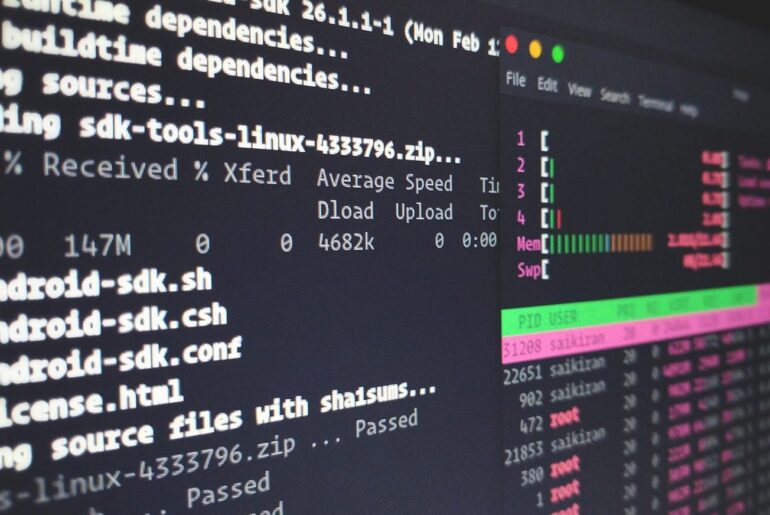Below is a detailed, hands-on comparison of DigitalOcean vs Google Cloud (GCP) tailored for small teams. I’ll walk you through costs, usability, trade-offs, example setups, and decision heuristics. But first: you’ll need a DigitalOcean account (go to the do.co site and register) before trying many of the hands-on parts below.
Small development teams — say 2 to 10 people — often need a cloud platform that is predictable, quick to spin up, and not so complex that the overhead kills productivity. You might be building a web app, API backend + database, or a microservice cluster. The tradeoff is always between flexibility/scale vs simplicity and cost control.
DigitalOcean emerged as a “developer-friendly” cloud alternative to big providers: simple droplets (VMs), managed databases, Kubernetes, storage — with pricing that’s easier to grasp. Google Cloud (GCP), by contrast, is a hyperscaler: powerful, feature-rich, globally distributed, but often complex to configure and optimize.
In this guide, I compare the two across cost, usability, performance, tooling, and give you sample setups. My aim: help your small team pick the platform where you spend less time debugging the infrastructure.
Here are the main comparison axis we’ll use throughout:
- Base compute & storage cost
- Network / egress / traffic cost
- Managed services (databases, Kubernetes, etc.)
- Usability / learning curve / tooling
- Scaling, flexibility, and “escape hatches”
- Support, governance, and risk trade-offs
We’ll compare concrete example projects in each section so you can map to your use case.
1. Base Compute & Storage Cost
DigitalOcean
- DigitalOcean offers “Droplets” (its term for VMs) with fixed resource tiers. The simplicity is that you see “2 vCPU, 4 GB RAM → $24/month (or hourly equivalent)” etc.
- You pay hourly up to a monthly cap.
- Storage is via Volumes (block storage) or Spaces (object storage).
- The pricing is mostly flat and transparent, which is a boon when you don’t want surprises.
Google Cloud (GCP)
- GCP uses Compute Engine for VMs. You can pick machine types, customize CPUs/RAM, etc.
- They offer sustained use discounts: if a VM runs for > 25% of the month, the price starts to drop; at 100% usage you might see ~30% discount off the nominal “on demand” rate.
- Billing is by minute (with a minimum granularity) rather than simple hourly caps.
Example Comparison: a small VM + 100 GB block storage
Let’s say your app needs 2 vCPUs and 8 GB RAM, plus 100 GB of block storage.
- On DigitalOcean, a droplet with 2 vCPUs / 8 GB may cost something like $24–$40/month (depending on region and premium tier). (Examples in DO’s published tiers)
- On GCP, the equivalent might fall in an “n1-standard-2” or “e2-standard-2” class VM; pricing could exceed $40–$50/month before discounts, plus persistent disk cost.
- Over time, as utilization rises, GCP’s discounts reduce the gap, but for low-util workloads, DO often wins in simplicity and baseline dollar cost.
2. Networking & Egress Costs
This is a common trap area.
- DigitalOcean has straightforward egress allowances tied to its droplets; you often get a generous “free bandwidth” allotment per droplet (or region).
- GCP’s egress (i.e. data leaving their network) is more complex and can be expensive, depending on region, destination (same zone, same region, internet), etc.
- As traffic scales (e.g. you serve many users, large file downloads, etc.), GCP’s network bills may dominate unless optimized carefully (CDN, edge caching, private peering, etc.).
For small teams with modest traffic (say tens of TB/month or less), DigitalOcean’s predictability often outshines GCP’s more aggressive but variable model.
3. Managed Services: Databases, Kubernetes, etc.
When you want to offload operational burden, managed services matter a lot.
DigitalOcean’s Offering
- Managed databases for Postgres, MySQL, Redis, etc.
- Managed Kubernetes (DOKS)
- App Platform (a PaaS abstraction)
- Simple object storage (Spaces)
- Simpler “1-click” deployment marketplace
Their philosophy is: good-enough managed services for common use cases, without overengineering.
GCP’s Offering
- Cloud SQL, Spanner, Bigtable, Memorystore, etc.
- GKE (Google Kubernetes Engine) — widely considered enterprise-grade
- BigQuery, Cloud Data Services, AI/ML services, etc.
- More specialized services (Pub/Sub, Bigtable, regional filestores)
GCP’s managed services are more powerful and expansive. But that power comes with configuration complexity (networking, IAM, scaling parameters). For a small team, that adds cognitive load.
Trade-off Scenario
If your product uses a Postgres backend + Redis cache:
- With DigitalOcean, you might spin up a managed Postgres cluster with a few replicas in minutes.
- On GCP, you’ll choose Cloud SQL (with tiers, zones, high availability settings, disk types, etc.). That gives more options (e.g. read replicas across regions) but also more knobs to misconfigure.
Thus, DO offers “smaller learning curve + fewer hidden surprises” in the managed services domain.
4. Usability, Learning Curve, Tooling
This is often underestimated.
DigitalOcean Usability Strengths
- Intuitive UI / dashboard: launching droplets, setting DNS, volumes is straightforward.
- Transparent resource naming and cost breakdowns.
- Strong developer community, tutorials, “getting started” guides.
- Good for “move fast, minimal ops overhead” teams.
GCP’s Learning Curve
- More features mean more configuration and understanding needed.
- You must understand IAM (Identity & Access Management), networking (VPC, subnets, firewall), regional vs zonal resources.
- Many products have deep options (autoscaling policies, performance optimizations).
- Steeper ramp for teams without a dedicated DevOps engineer.
If your team does not want to spend weeks just mastering the platform, DigitalOcean often reduces friction. But if you foresee needing advanced services (e.g. ML workloads, massive data pipelines), learning GCP may pay off later.
5. Scaling, Flexibility & Exit / Hybrid Strategies
A small team may later grow or merge workloads.
- Google’s infrastructure is vast; GCP allows you to do more exotic architectures (multi-region, data pipelines, analytics, AI).
- DigitalOcean can scale (you can add droplets, clusters, scale vertically), but there are ceilings: it is not made for the “cloud-native everything” enterprise level in every domain.
- If you migrate off DO to something bigger later, you may face more friction than if you built on GCP from day one (but this is speculative).
- Also, GCP supports hybrid / multi-cloud patterns (Anthos, interconnect, etc.). DO is more standalone.
So your decision should factor expected growth horizon: if you expect to remain modest in scale, DO’s constraints may never bother you; but if you plan to grow fast into data-intensive space, GCP might avoid refactoring later.
6. Support, Governance, & Risks
Small teams cannot ignore support and risk of surprises.
- DigitalOcean provides free ticket support; paid tiers are affordable (e.g. $24/month Developer plan, up to $999 for premium).
- GCP’s support tiers are more expensive and often include a fixed base + percentage of usage.
- On DO the support cost is more predictable for small spend; on GCP, support could become a nontrivial overhead as usage scales.
- Also consider compliance, certifications, security tools: GCP has more enterprise-grade offerings (logging, audit, advanced IAM, threat protection). DO is improving, but its focus is not on large regulated enterprises.
- Vendor lock-in risk: you’ll always have that, but GCP’s ecosystem is broader; DO being more minimal gives slightly more portability in some contexts (less specialized service dependencies).
- Finally, evaluate “blast radius” risks: how things behave under region outages. GCP has more fault-tolerant infrastructure in diverse regions; DO is simpler and might show weaker resiliency in edge cases.
Sample Setup: Deploying a Web App (Node.js + Postgres) — DO vs GCP
Here’s a rough sketch of how you might proceed.
On DigitalOcean
- Create a Droplet (2 vCPU, 4 GB RAM)
- Enable a Volume (e.g. 100 GB) and attach
- Acquire a managed PostgreSQL cluster
- Deploy your Node.js app (via Docker or bare)
- Set up a load balancer if needed
- Use Spaces (or a CDN) for static assets
Example snippet (on Droplet) to mount the volume:
# Assuming volume /dev/disk/by-id/scsi-0DO_Volume_volume-UUID
sudo mkfs.ext4 /dev/disk/by-id/scsi-0DO_Volume_volume-UUID
sudo mkdir /mnt/data
sudo mount /dev/disk/by-id/scsi-0DO_Volume_volume-UUID /mnt/data
sudo chown $USER:$USER /mnt/dataYou’d configure environment variables / secrets in the DO dashboard or via your deployment process.
On GCP
- Launch a Compute Engine VM (choose machine type, zone)
- Create a persistent disk, attach to VM
- Launch a Cloud SQL Postgres instance
- Set up VPC, firewall rules, and IAM roles
- Deploy your Node.js app to the VM
- Optionally use GKE (Kubernetes) instead of VM + container
Example of attaching a persistent disk (on GCP VM):
sudo mkfs.ext4 /dev/sdb
sudo mkdir /mnt/data
sudo mount /dev/sdb /mnt/data
sudo chown $USER:$USER /mnt/dataThen configure Cloud SQL private networking or public IP + SSL, set up firewall etc.
In the GCP route, more configuration is needed (VPC, IAM, service accounts, network peering) but you also get finer control (e.g. enabling logging, autoscaling, private IP connections).
Heuristics & Decision Guidance for Small Teams
Here’s a set of heuristic rules you (or your team) can apply:
- If your expected monthly infrastructure spend is modest (< a few hundred USD) and you want minimal ops overhead → lean toward DigitalOcean.
- If you foresee needing advanced services (e.g. analytics, AI/ML, large data warehousing) in the near future → GCP may pay off later.
- If your team has strong ops or cloud background, GCP’s complexity is less of a barrier. If not, DO’s simplicity matters.
- If you need strong geographic redundancy, compliance, or enterprise SLAs, weigh GCP’s advanced features.
- If you’ll later refactor, prefer architectures that minimize lock-in (e.g. use standard Postgres, Docker, not proprietary GCP-only services).
Pros, Cons & Trade Summary
| Dimension | DigitalOcean Strengths | GCP Strengths | Where DO may lag |
|---|---|---|---|
| Predictability & baseline cost | Transparent pricing, fewer surprises | Discounts for sustained use, pay-as-you-go | may lose out if usage becomes large |
| Simplicity / usability | Low barrier to entry, fewer knobs | Richer features, deeper control | steeper learning curve |
| Managed services | Sane, minimal offering | Broad, advanced, scalable services | DO may lack edge-case features |
| Networking / egress | Simpler model, predictable | More optimization options, global network | GCP’s egress cost complexity |
| Scaling & future growth | Good for moderate growth | Built for large scale, data work | DO may hit ceilings for large architectures |
| Support & governance | Affordable support tiers, community | Enterprise-grade support, security tools | DO less mature in compliance / niche enterprise features |
Final Thoughts & Suggested Approach
For many small teams, DigitalOcean is the low-friction path. You get enough infrastructure to build, launch, and iterate without wrestling with complex cloud configuration. Its transparent pricing means fewer surprises. Unless your product roadmap absolutely demands advanced services from day one (big data, AI, global scale), the simplicity in DO is a real asset.
However, if you expect to rapidly scale into data-intensive domains, or have ambitions for analytics, multi-region redundancy, machine learning pipelines, then starting (or at least designing modules) on GCP might save you costly migrations later.
If you’re unsure, consider a hybrid test: run your baseline app on DigitalOcean, but prototype high-value modules (say your analytics or ML components) on GCP. That lets you assess costs, performance, and operations before committing.










